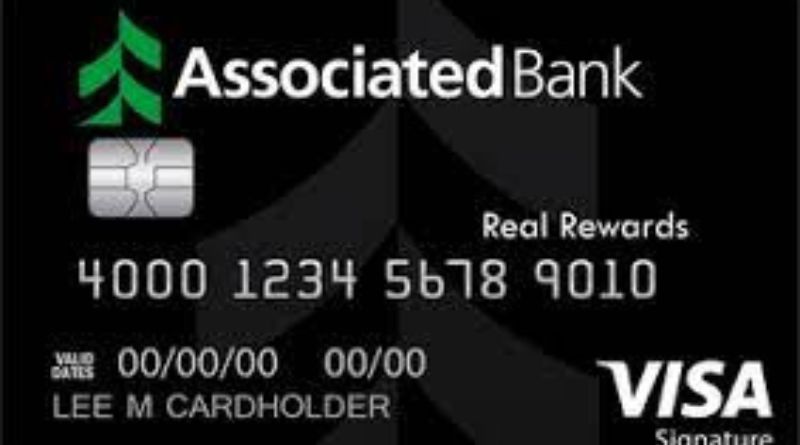If you’re looking to start or grow your business in Texas, you’ll want to be familiar with the state’s workers’ compensation laws, which are quite different from those of other states. Here’s everything you need to know about workers’ compensation in Texas, including what it covers, how much it costs, and the best way to find an affordable plan.
(1) What is workers’ comp?
Workers’ compensation is a type of insurance that employers typically purchase for their employees. In exchange for the insurance, the employer can avoid being sued if one of their workers gets injured on the job. Workers’ comp provides benefits like medical care, disability payments, and vocational rehabilitation to injured employees.
(2) How does it work?
In the state of Texas, workers’ compensation insurance is mandatory for all employers. This coverage provides financial protection for employees who are injured on the job. The premiums for this insurance are paid by the employer and not by the employee. There are no deductibles or co-pays associated with this type of insurance and there is no limit to how much coverage can be purchased.
(3) Who pays for your benefits?
Texas employers are required to provide workers’ compensation benefits for employees who suffer a work-related injury or illness. This coverage is paid for by the employer and is not deducted from the employee’s paycheck.
The cost of workers’ compensation insurance varies depending on your company size and industry, but it typically ranges between 0.5% and 2% of your payroll.
(4) What are the compensation rates?
The workers’ compensation rates depend on the type of business, and their experience rating. The minimum rate is $250 per week, while the maximum rate is $900 per week. In general, the more risk-averse your business is, the higher your rate will be. So if you work as a cake decorator without any experience – sorry! Your rates are going to be lower than that of a structural steelworker with three years of experience.
(5) Is it right for you?
The short answer is no, Workers’ Compensation may not be right for you if any of the following apply:
-You are self-employed and have no employees. -Your company has fewer than 5 employees. -You don’t make enough money from your business to justify the cost of workers’ compensation insurance.
(6) How do you get help filing a claim?
The most important thing is to file a claim as soon as possible. If you are an employee, your employer will help you file a claim. If you are self-employed or unemployed, you can file the form yourself by contacting the Department of Labor and Workforce Development at 1-800-252-7031 or online. An insurance company that provides
may also be able to help with your claim filing.
(7) Hiring an attorney is optional. Here are your options.
Hiring an attorney is optional. Here are your options.
1) File a claim with the state’s Department of Insurance.
(8) If you win, can you keep all of your money?
No. Workers’ compensation is a type of insurance, and insurance companies pay out according to the terms of the policy. If you win, the insurance company can ask for reimbursement for any payments that they have made on your behalf before your lawsuit was settled.
(9) Should I hire my own doctor?
You may be required by your employer or the state of Texas to have a doctor that is designated as your treating physician. Your employer or the state will likely provide you with this list of doctors and you can choose one who is best for you. However, you are not obligated to use this list of doctors.
10 Things Employers Can Do To Prevent Injuries and Save Money On WCB Claims.
1. Make sure employees are properly trained on safety equipment and procedures.
2. Provide regular safety inspections of the work environment.
3. Provide proper support for injured employees through rehabilitation and/or temporary disability payments so they can return to work as soon as possible.
4. Investigate workplace accidents thoroughly with supervisors, co-workers, and the injured worker present to identify potential solutions or hazards that might have contributed to the accident.









